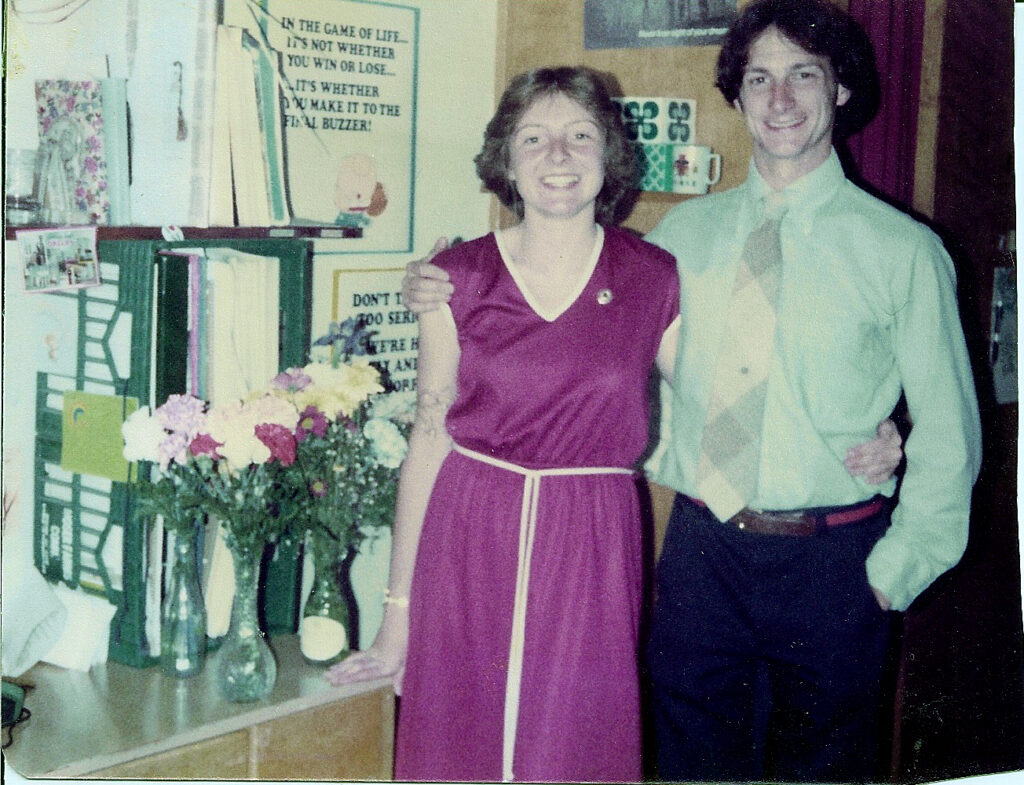The VNA provided a “comfort pack” for Cindy when they placed her on hospice care. The pack included medicine deemed necessary to comfort a hospice patient during the final decline, with everything from suppositories to morphine. I only use lorazepam, an antianxiety medicine that also helps to combat seizures.
Cindy continues to get very mild seizures at the rate of about every three months. One strategy for keeping them mild has been limiting sugar and caffeine in her diet. Another strategy has been playing guitar or reading to her when she appears agitated. These strategies enabled me to use lorazepam sparingly, when she seemed most agitated, with the minimum dosage of 0.25 ml suggested by the VNA.
Eventually I began to give Cindy lorazepam every evening before bedtime, even without signs of agitation. This was a preventative measure for both of us, since playing guitar or reading to her in the middle of the night would have been detrimental to my own health. The minimum dosage of 0.25 ml continued to work at keeping her calm at night for years.
In the months leading up to Cindy being removed from hospice, one tactic suggested to keep her on was to incrementally increase the lorazepam dosage up to the normal level of 0.5 ml. I increased the dosage only to 0.3 ml; as long as that keeps her calm at night I will not increase the dose further. Another tactic suggested was to give lorazepam regularly during the day, in addition to night, particularly to make her more comfortable during her range of motion exercises. The previous blog post explained why I do not follow that suggestion.
I am neither pro nor anti medicine. Medicine can be the only solution to a health problem, but in some cases risks side effects that then calls for more medical treatment. I will choose medicine as the best way to remedy a health problem, but never as the easy or most comfortable way. “Harder,” less comfortable means of calming Cindy by reading, playing guitar or simply holding her hand have no potential side effects, while increasing the activities and intimacy we share.
Why not do both medicine and calming activities? Lorazepam calms Cindy to the point of being sleepy, less perceptive. Besides the fact that I want muscle resistance when doing her exercises, activities like reading would hardly register with her when sedated, if at all. This is another example of choosing quality of life over palliative care.
The next and last post in this series addresses the concern voiced by some as to whether there really remains a quality of life to maintain.

Note: I feel like photos of Cindy in the present sort of invades her privacy. I will continue to provide photos of Cindy or us enjoying our quality of life in the past.

If only everyone could have the extraordinary care you give Cindy! You are truly an inspiration!
I am fascinated with your recent “report” about healing and helping choices. I have no comment, because I know nothing. It does sound like you continue to give Cindy the Love you feel. How can that be wrong? That sounds like quality of life to me.
I myself am encountering difficulties with my mind, again. Not the same as Cindy, but troubling to me as I try to figure out what I need.
I am fairly sure my difficulties are connected to conflicting energies, and inability to adapt again.
I am not looking for your empathy, but I am more sharing what is now happening. Like for you and Cindy.
I still believe in Cindy. She is still in there. She responds to you. If your were not important, she would have left a long time ago.
The November 2023 issue of the AARP Bulletin has a Special Report on super agers. As a “second opinion” to the path you have been following you might want to cross-reference this special report.
I applaud you for your sensitivity and thank you for sharing.
Thanks for the update